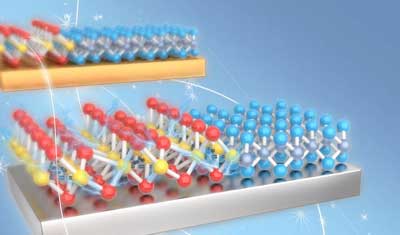
Tuesday, February 12, 2019
Researchers develop fire-retardant coating featuring renewable nanocellulose materials
Laser-induced graphene gets tough, with help

'Magnetic graphene' switches between insulator and conductor

What does it take to make a better battery?

Using artificial intelligence to engineer materials' properties

Hyperbolic metamaterials enable nanoscale 'fingerprinting'

Nanotechnology enables engineers to weld previously un-weldable aluminum alloy

Nano drops a million times smaller than a teardrop explodes 19th century theory

At the rim: Mods to nanotubes help filter salt from seawater

Laser snapshots of fullerenes show how they transform in intense infrared light

Scientists develop AI to predict and engineer material properties

Finding chemicals inside a cell

Phase transition dynamics in two-dimensional materials

Subscribe to:
Comments (Atom)
